
Crypto Derivatives – How It Works and Top Exchanges for Trading

In the world of finance, derivatives are instruments whose value is derived from an underlying asset. These assets can be anything from commodities to stocks, and even cryptocurrencies.
In this article, we will explore everything about crypto derivatives, the different types of derivatives, advantages and disadvantages of trading in derivatives, and the top exchanges where you can trade them.
What are Derivatives in Crypto?
Crypto derivatives are financial instruments that derive their value from a cryptocurrency, such as Bitcoin or Ethereum. These instruments have become increasingly popular in recent years, as traders and investors look for new ways to profit from the volatility of the cryptocurrency market.
Crypto derivatives can be used for various purposes, including hedging against risk, speculating on price movements, and gaining exposure to assets that may be difficult to access directly.
There are several types of crypto derivatives, including futures, options, swaps, and contracts for difference (CFDs). Each type of derivative has its own unique characteristics and risks.
How do Crypto Derivatives Work?
Crypto derivatives work by allowing investors to speculate on the price movements of cryptocurrencies without actually owning the underlying asset.
Instead, investors enter into a contract with a counterparty, such as an exchange or other financial institution, that agrees to pay out based on the performance of the underlying asset.
Types of Derivatives in Crypto
Crypto derivatives come in different types, each with its unique features and characteristics. Here are the most common types of crypto derivatives:
Futures Contracts
A futures contract is an agreement between two parties to buy or sell an asset at a predetermined price and date in the future. Futures contracts are popular among traders who want to hedge their positions or speculate on the price movements of an underlying asset. In the case of crypto derivatives, futures contracts allow traders to speculate on the future price of a cryptocurrency.
Options Contracts
Options contracts give the holder the right, but not the obligation, to buy or sell an asset at a predetermined price and date in the future.
There are two types of options contracts: call options and put options. Call options give the holder the right to buy an asset, while put options give the holder the right to sell an asset. Options contracts are popular among traders who want to hedge their positions or speculate on the price movements of an underlying asset.
Perpetual Contracts
Perpetual contracts are similar to futures contracts, but they do not have an expiry date. Instead, they continue indefinitely until the trader decides to close their position. Perpetual contracts are popular among traders who want to hold their positions for an extended period and avoid the hassle of rolling over their futures contracts.
How to Buy Crypto Derivatives?
Buying crypto derivatives can be an exciting and potentially profitable investment strategy. However, for new investors, the process can be a bit daunting.
Here are few simple steps to start trading in crypto derivatives:
Step 1: Choose a Derivatives Exchange
The first step in buying crypto derivatives is to choose a derivatives exchange. There are several derivatives exchanges available, each with its unique features and fees. It is essential to do your research and choose an exchange that suits your trading needs.
Step 2: Sign up and Verify Your Account
Once you have chosen a derivatives exchange, the next step is to sign up and verify your account. Crypto exchanges in the US require users to provide personal information, such as their name, address, and ID, to comply with Know Your Customer (KYC) and Anti-Money-Laundering (AML) regulations.
Step 3: Deposit Funds
After verifying your account, the next step is to deposit funds into your account. Most derivatives exchanges accept fiat currency deposits, such as USD or EUR, and cryptocurrency deposits.
Step 4: Choose a Crypto Derivative
Once you have funded your account, the next step is to choose a crypto derivative to buy. Each exchange offers different derivatives, so it is essential to choose one that suits your risk and trading needs.
Here are few important things to consider before choosing a crypto derivative -
Liquidity - When choosing crypto derivatives, it is crucial to consider liquidity as it affects your ability to execute trades at a desirable price. Highly liquid crypto derivatives have a higher volume of trades, which translates to tighter bid-ask spreads and more stable prices.
Leverage - Leverage is an essential factor to consider when choosing crypto derivatives as it amplifies your potential profits or losses. Crypto derivatives that offer high leverage can magnify gains but also increase the risk of significant losses.
Fees - Fees are a crucial factor to consider when choosing crypto derivatives as they affect your profitability. Most crypto derivatives exchanges charge trading fees, funding fees, and withdrawal fees. It is crucial to choose derivatives with low fees to maximize your profits.
Trading Platforms - Consider choosing a trading platform that has advanced order types, charting tools, and real-time market data. Additionally, consider a platform that offers mobile trading as this allows you to monitor your trades on the go.
Regulation - It is advisable to choose a regulated crypto derivatives exchange to protect your investments and ensure fair trading practices. Additionally, choose exchanges that are transparent about their regulatory compliance and have a good reputation in the market.
Step 5: Place Your Order
After choosing a crypto derivative, the final step is to place your order. Most exchanges offer a range of order types, such as limit orders and market orders. It is essential to choose the right order type for your trading strategy.
Best Crypto Derivatives Exchange of 2023
If any investor or trader wants to trade derivatives, they should always choose the most trusted and secure exchange with ample liquidity. So let's explore the top crypto derivatives exchanges where you can trade them.
List of top crypto derivatives exchange of 2023
- Binance
- Bybit
- Bitmex
- OKX
- Coinbase
- Deepcoin
- Huobi
- KuCoin
- Kraken
- Gate-io
Advantages of Using Derivatives
Derivatives can offer several advantages to investors and traders, let's explore some of them here:
Risk management - Derivatives can help investors manage risk by reducing exposure to market volatility and protecting against potential losses.
Enhanced returns - Derivatives can be used to create leverage and amplify returns, although this comes with increased risk.
Flexibility in investment strategies - Derivatives can be used to gain exposure to assets that may be difficult to access directly, and can be used to hedge against inflation.
Diversification - The use of derivatives can help investors diversify their portfolios, which can help manage risk and potentially enhance returns.
Access to a wide range of markets: Derivatives can provide access to a wide range of markets and asset classes, which can help investors create a more diversified portfolio.
Disadvantages of Using Derivatives
Here are few common disadvantages of using crypto derivatives:
High risk - Crypto derivatives are complex financial instruments that can involve significant risk. The volatility of the cryptocurrency market, combined with leverage, can result in significant losses.
Lack of regulation - The cryptocurrency market is largely unregulated, which can make it difficult for investors to assess the risks associated with crypto derivatives.
Limited liquidity - The cryptocurrency market is still relatively small, which can limit the liquidity of crypto derivatives. This can make it difficult to execute trades at desired prices or to exit positions quickly.
Counterparty risk - Crypto derivatives typically involve a counterparty, which can introduce additional risk. If the counterparty defaults on their obligations, the investor may suffer losses.
Technical complexity - Crypto derivatives can be technically complex, requiring a deep understanding of both cryptocurrency and derivative markets.
Price manipulation - The cryptocurrency market is vulnerable to price manipulation, which can lead to losses for investors who are trading crypto derivatives.
Investors who trade crypto derivatives should be aware that there are both advantages and disadvantages associated with this type of investment.
While derivatives can offer benefits such as risk management and enhanced returns, they also come with significant risk and technical complexity.
To use crypto derivatives effectively, investors should have a deep understanding of both cryptocurrency and derivative markets, and use them appropriately in a well-diversified portfolio.
Conclusion
Crypto derivatives are a powerful tool for traders and investors looking to profit from the volatility of the cryptocurrency market.
However, it's important to note that crypto derivatives can be complex financial instruments that involve significant risk, and investors should have a deep understanding of both the cryptocurrency and derivative markets before investing in them.
Disclaimer
The information provided on this website does not constitute investment advice, financial advice, trading advice, or any other sort of advice and you should not treat any of the website's content as such.
Token Metrics does not recommend that any cryptocurrency should be bought, sold, or held by you. Do conduct your own due diligence and consult your financial advisor before making any investment decisions.

.svg)

Create Your Free Token Metrics Account

.png)




%201.svg)
%201.svg)


%201.svg)




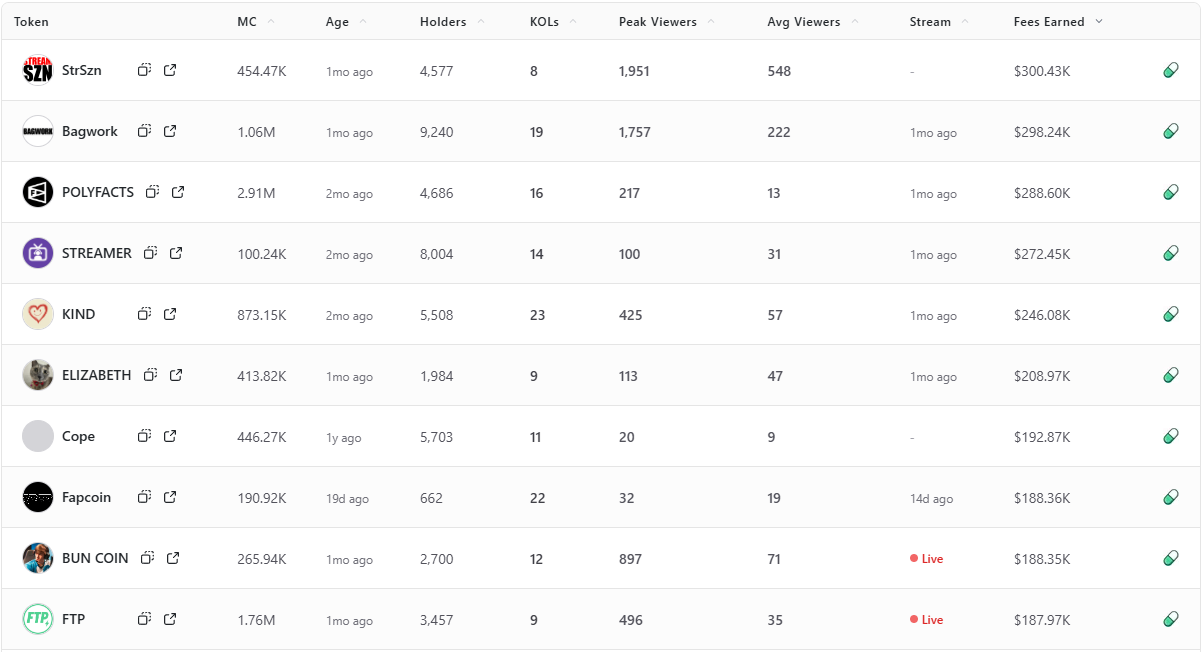
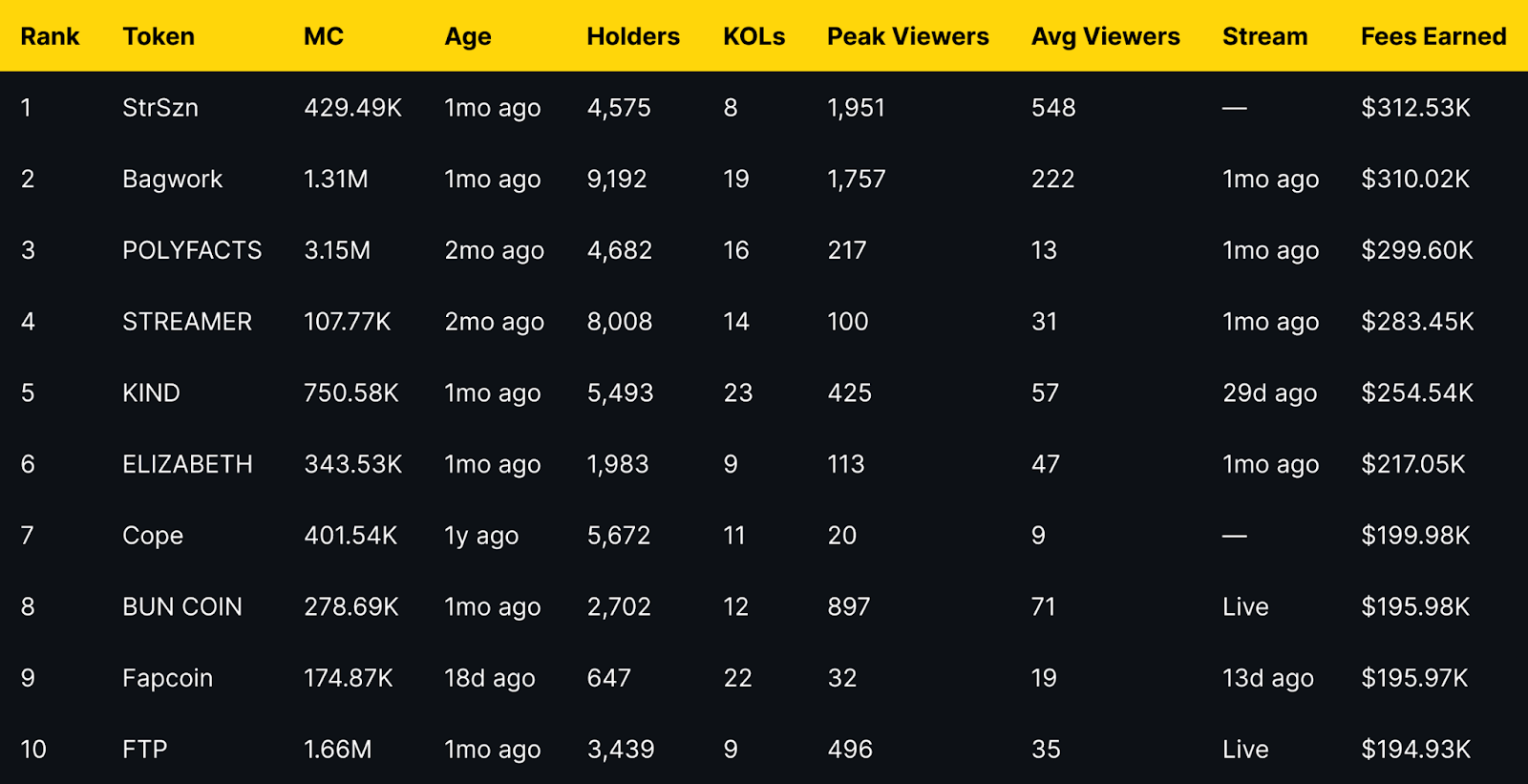
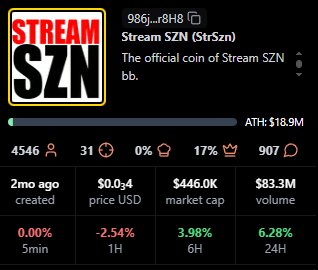

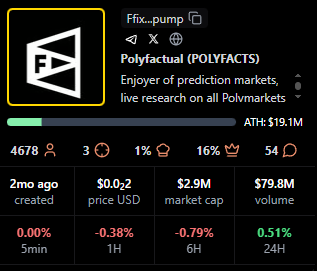


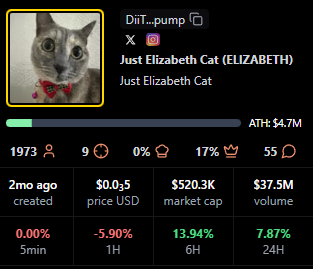
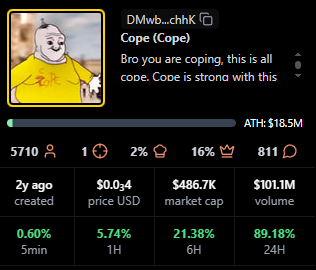
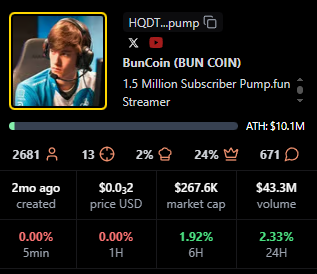

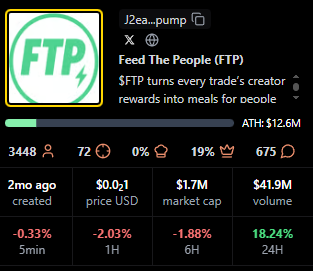

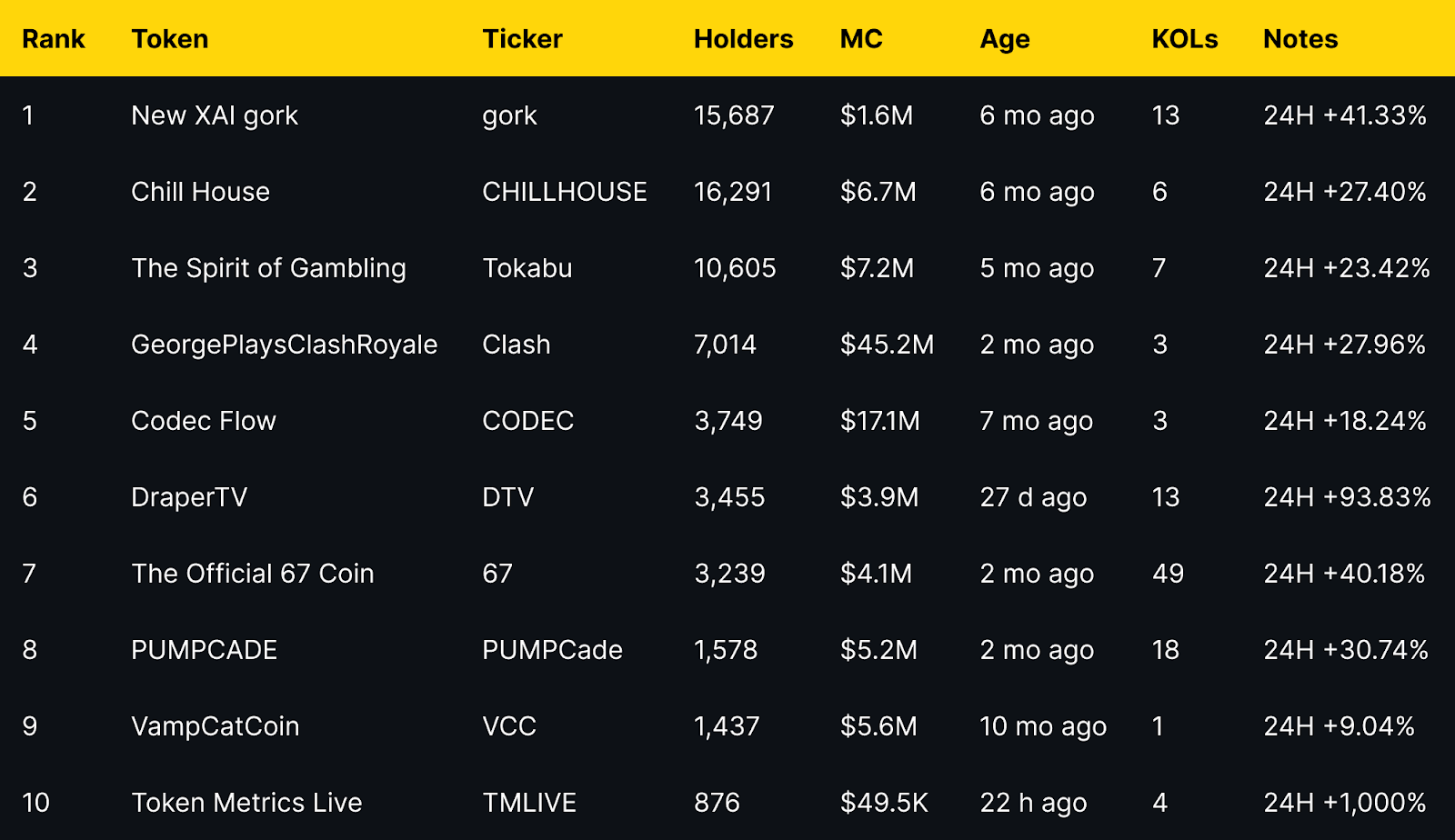
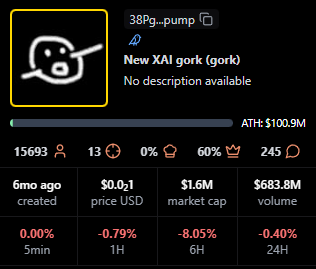
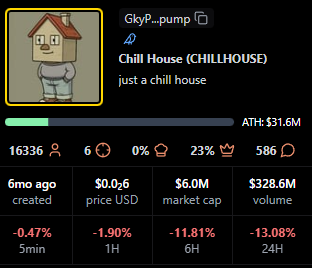
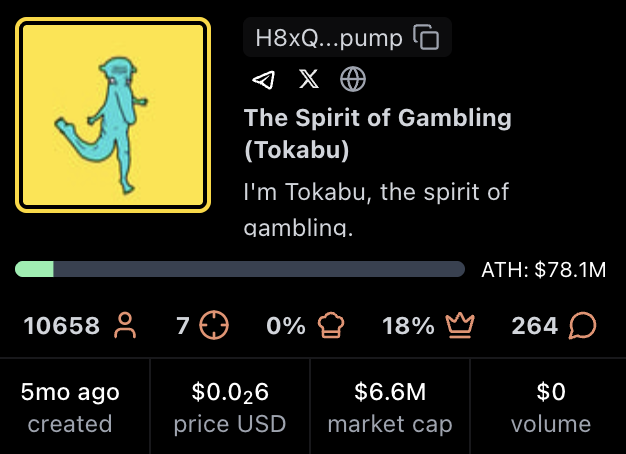

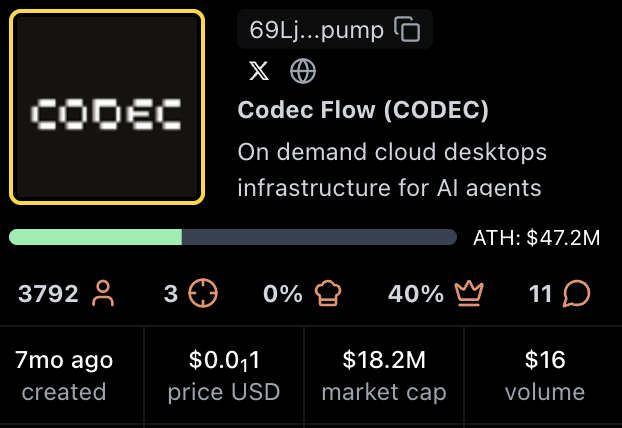
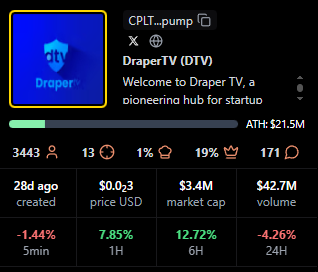


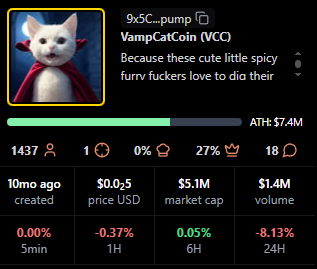
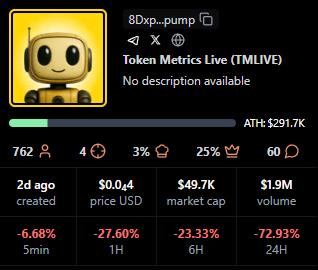
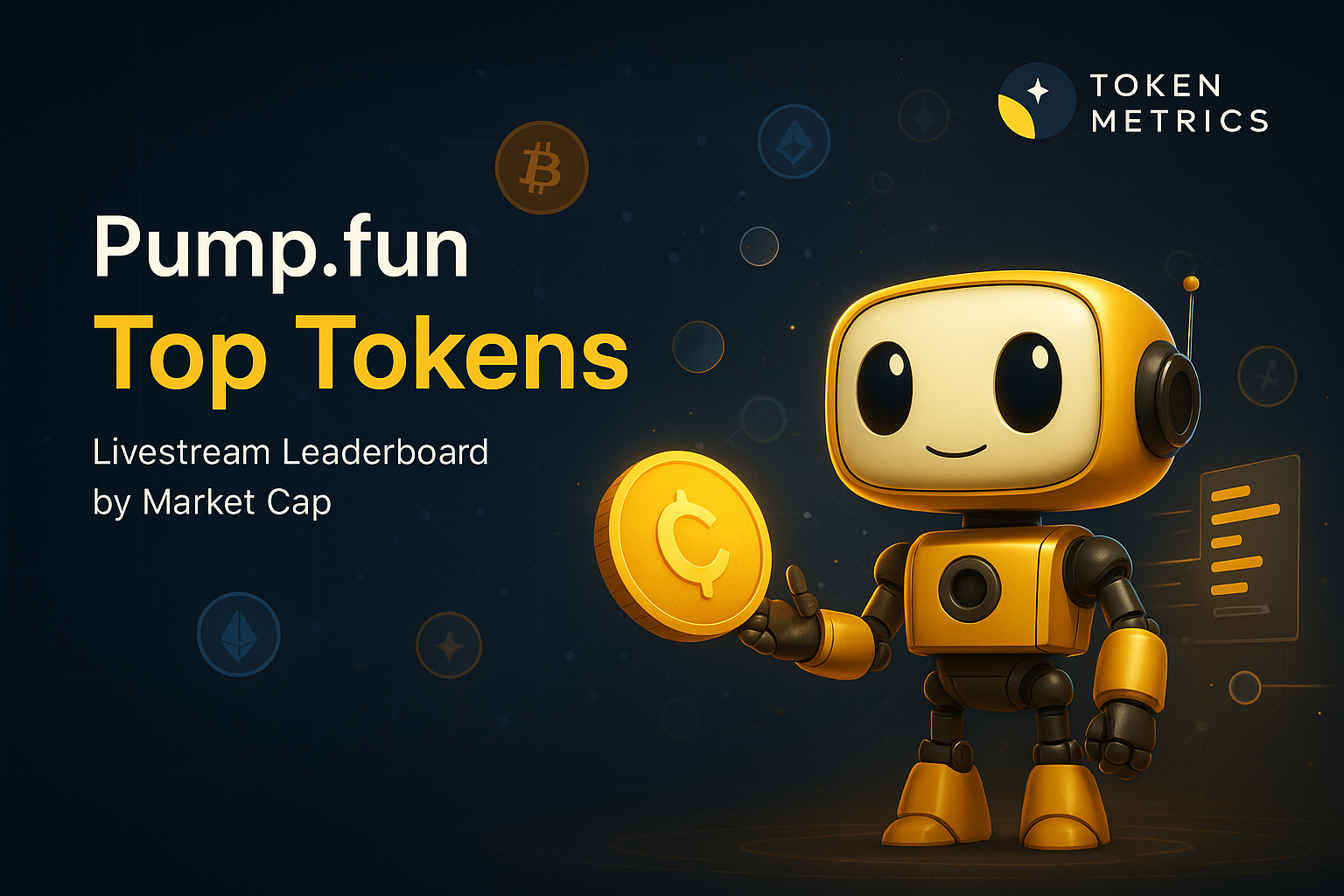
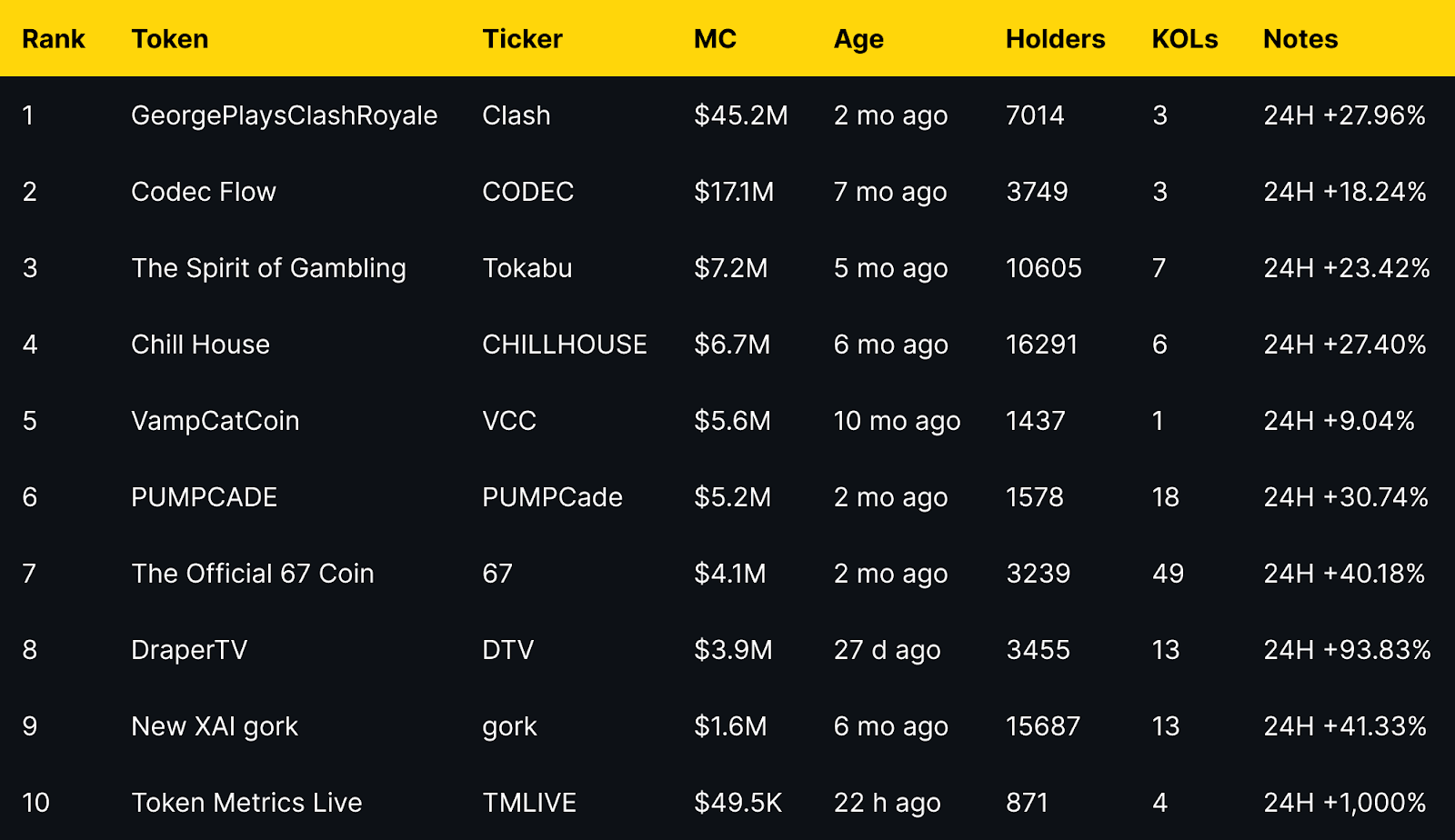



.svg)




.png)